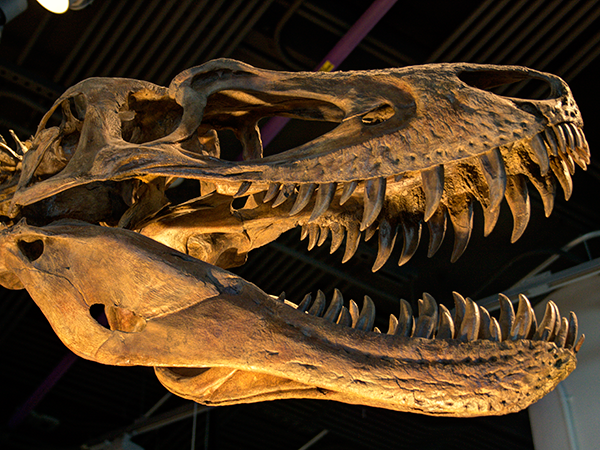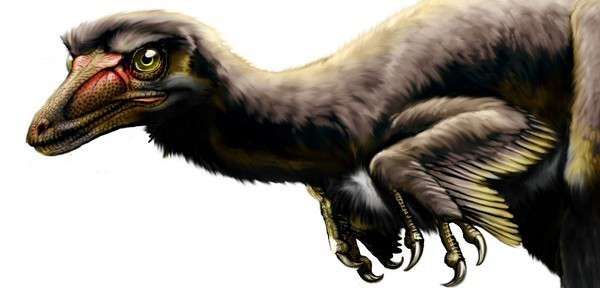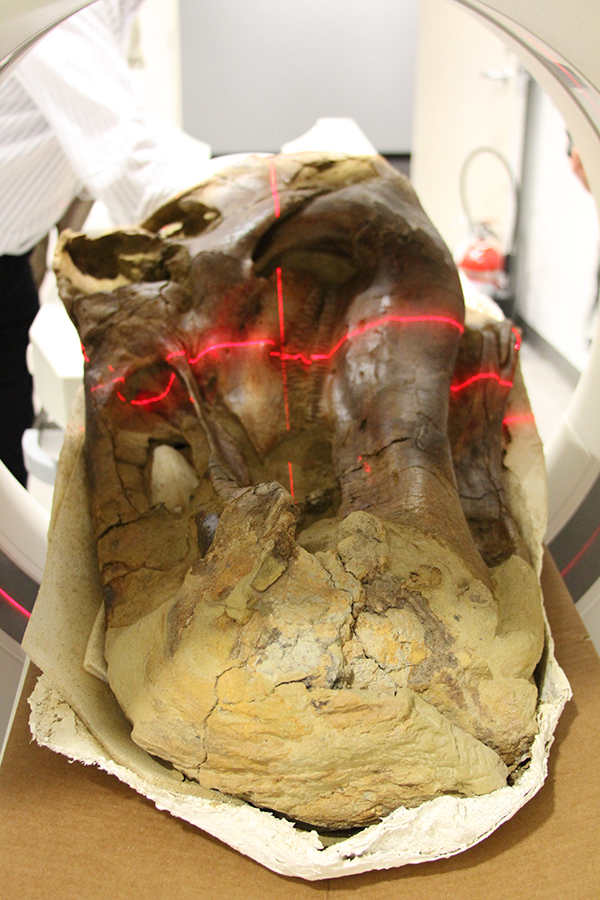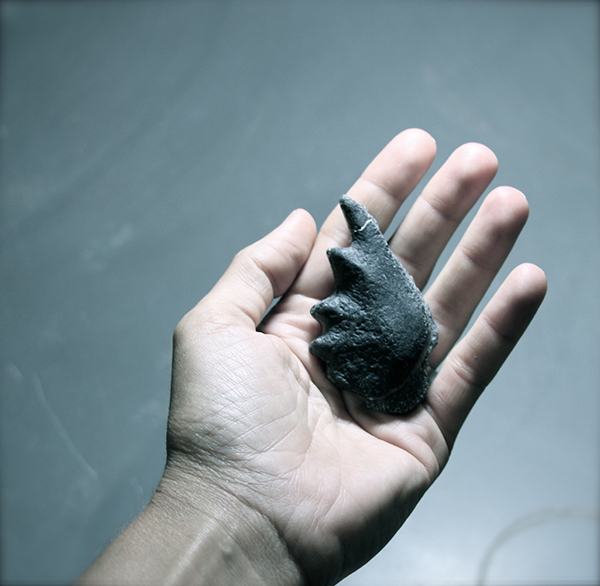Overview
Paleontologists at the North Carolina Museum of Natural Sciences research the evolution of life throughout the past 550 million years and use a multitude of biological and geological techniques including microscopy, immunohistochemistry, phylogenetics, advanced three-dimensional visualization, comparative gross anatomy, and histology.
The paleontology unit maintains an active research program consisting of staff, students, interns, postdoctoral research scholars, volunteers, adjunct researchers and our collections. These constituents are spread between labs and offices in both wings of the museum, and many are jointly appointed with the College of Sciences at North Carolina State University. Our research garners worldwide recognition, and we strive to serve the public through educational outreach programming.
Collectively, our staff cares for a regionally impactful and globally unique fossil collection that is growing in number, reputation, visibility, and usage. Collections are divided into Paleobotany, Invertebrate Paleontology, and Vertebrate Paleontology holdings of more than 125,000 fossil specimens. The majority of our holdings are local representatives with approximately 85% of paleontological specimens coming from the state of North Carolina. Thanks to a recent National Science Foundation* award, the NCSM paleontological holdings were recently rehoused into museum-grade steel cabinets with archival materials using demonstrated best practices in specimen conservation.
All three paleontology collections at NCSM are registered with GRBIO and Earth Cube, and have been uploaded to the Museum’s Online Collections website, GBIF, VertNet (invertebrate and vertebrate paleontology collections only) and iDigBio. A database of 3D models of significant paleontological specimens is publically available in our Online Collections 3D Model Gallery.
You can learn more about our staff member’s research and the museum’s vertebrate paleontology, invertebrate paleontology, and paleobotany collections by clicking on the links below.
Vertebrate Paleontology Research
The vertebrate paleontology curatorial staff primarily studies the evolution and diversity of Mesozoic terrestrial ecosystems, with special emphasis on the unique Late Triassic record of North Carolina, Cretaceous dinosaurs of North America and Asia, and the emerging field of molecular paleontology, which tackles the preservation of soft tissues in the fossil record of life.
Invertebrate Paleontology Research
Invertebrate paleontological research at the North Carolina Museum of Natural Sciences encompasses a wide variety of taxonomic groups and geologic time periods. The primary research focus is on coleoid cephalopods, Ediacaran assemblages of North Carolina, and Mesozoic through Cenozoic crustaceans and echinoderms.
*2016 – 2019 National Science Foundation, Collections in Support of Biological Research: Natural History Collections (CSBR, award #1560871): Critical Conservation of Paleontological Collections at the NCSM: A Platform to Engage Underserved Students in Citizen Science. ($495,280 to PI LE Zanno; w/Co-PIs L Herzog, P Weaver, V Schneider)
Staff
Postdoctoral Research Scholars
- Aurore Canoville
- Thomas Cullen
- Chinzorig Tsogtbataar
Resident Graduate Students
- Haviv Avrahami
- Kyla Beguesse
- Willie Freimuth
- Josh Hedge
- Evan Jevnikar
Adjunct Researchers
- Terry “Bucky” Gates
- Victoria Arbour
- Don Clements
- Susan Drymala
- Alessandro Garassino
- Andy Heckert
- Tony Martin
- Jim Mickle
- Sterling Nesbitt
- N. Adam Smith
- Ruffin Tucker
- Elisabeth Wheeler






